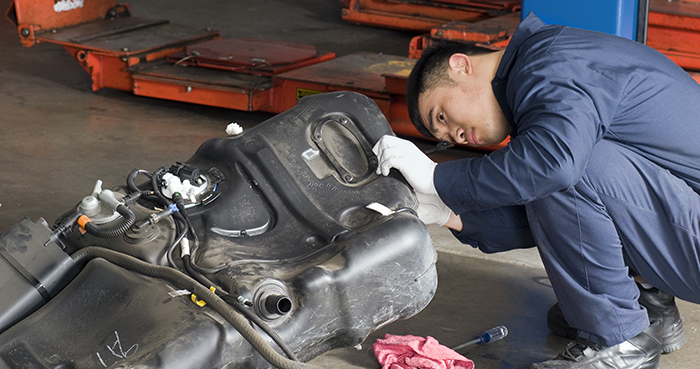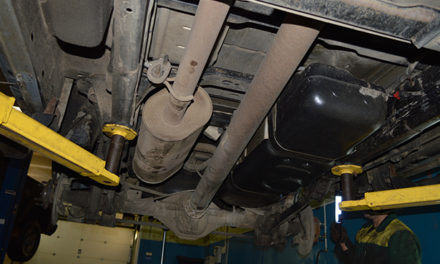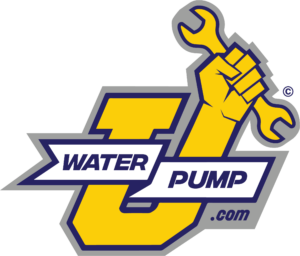Modern vehicles, on the other hand, depend on an electric fuel pump to supply gas to the fuel injectors. The fuel pump is inside the gas tank and contains several components. The fuel pump sump is at the bottom of the tank and holds gasoline near the pump’s inlet to enter the pump. The fuel level information is transmitted to the vehicle’s instrument cluster allowing the driver to monitor the amount of gas in the tank. A fuel tube connects the fuel pump to the fuel injection system.
A pump’s body includes an electric motor that mounts to a small pump. The pump sucks up gas and pressurizes it to move through the fuel system. A float rides on the fuel level in the tank to provide feedback to the vehicle’s fuel gauge. A strainer keeps debris from entering the pump and disturbing the performance. After fuel is pressurized, the filter cleans the gas and it travels to the fuel injectors through fuel lines underneath the vehicle. On some vehicles, it passes through an inline fuel filter, then to the fuel injectors, and lastly through the fuel pressure regulator before returning to the tank. Some newer vehicles have the fuel filter and pressure regulator located inside of the fuel tank, so after the fuel leaves the tank it goes directly to the fuel injectors, therefore, the fuel pump only supplies what is needed for the engine.
Failure Signs
- Sound – Fuel pumps typically make a slight buzzing noise when powered. Listen carefully before you turn the key in the ignition. If the fuel pump buzzes for two seconds, it is getting power. Keep in mind, even if the pump is getting power, it may not be getting the correct amount of power and it could still lack pressure or volume.
- Pressure – Without pressure, your vehicle may or may not start. Most fuel injection systems use between 32 to 66 psi. While your vehicle might start and even drive at low speeds, there will not be enough gas for faster acceleration. You can tell whether a fuel pump has enough pressure by using a fuel pressure gauge. Usually, there is a Schrader valve on the fuel rail that you screw the gauge hose onto. Then you compare this pressure to the required pressure for your vehicle.
- Volume – If the fuel pump has enough pressure but is not putting out the volume, you may notice the vehicle stumbles. If the volume is low, the car may not start at all. If you are driving and the vehicle stalls or stumbles when the gas pedal is pressed, there may be a problem with the pump putting out enough volume. Checking fuel volume is a little more involved as you will need a specialized gauge that will measure fuel flow.
In a case where the fuel pump runs but does not put out the correct volume or pressure, it is best practice to bring the vehicle to an auto shop immediately because there is no way to determine when the pump will give out. Be sure to run a complete set of diagnostics on the fuel system. Because many other problems act like a malfunctioning fuel pump, it is important to isolate the problem before replacing it.
You will need your Vehicle Identification Number or your automobiles make, model, and year to find a new fuel pump that replaces your old faulty one.















